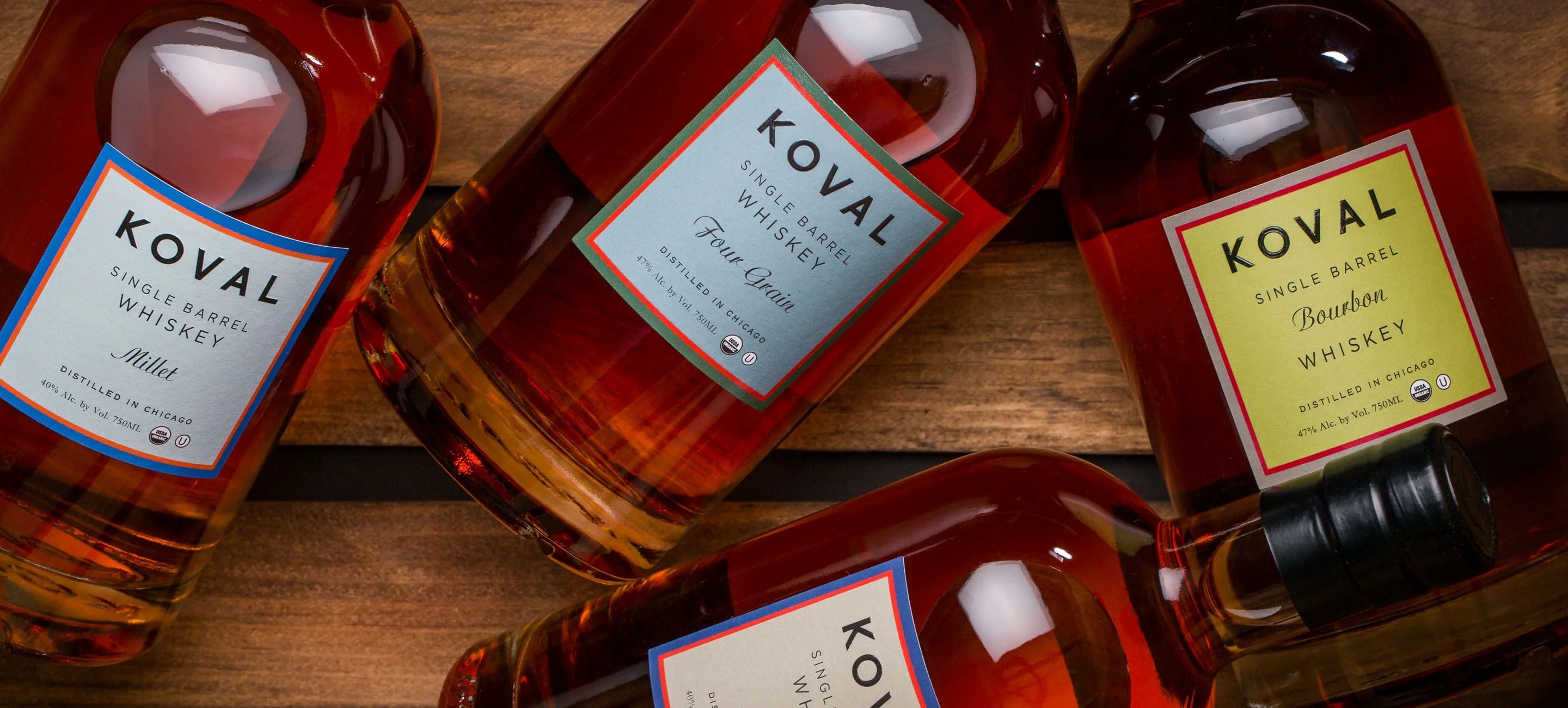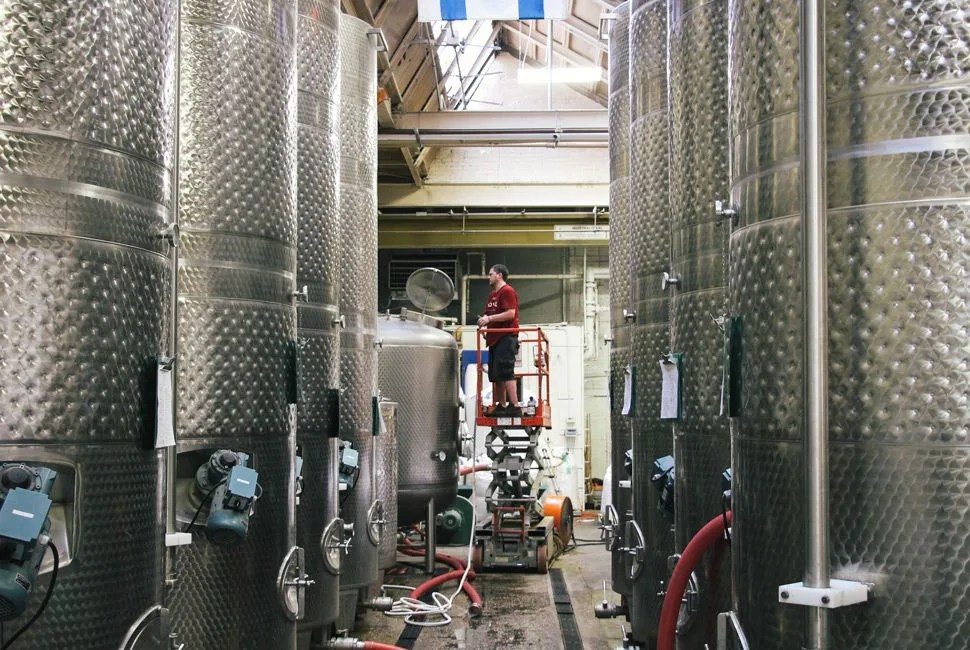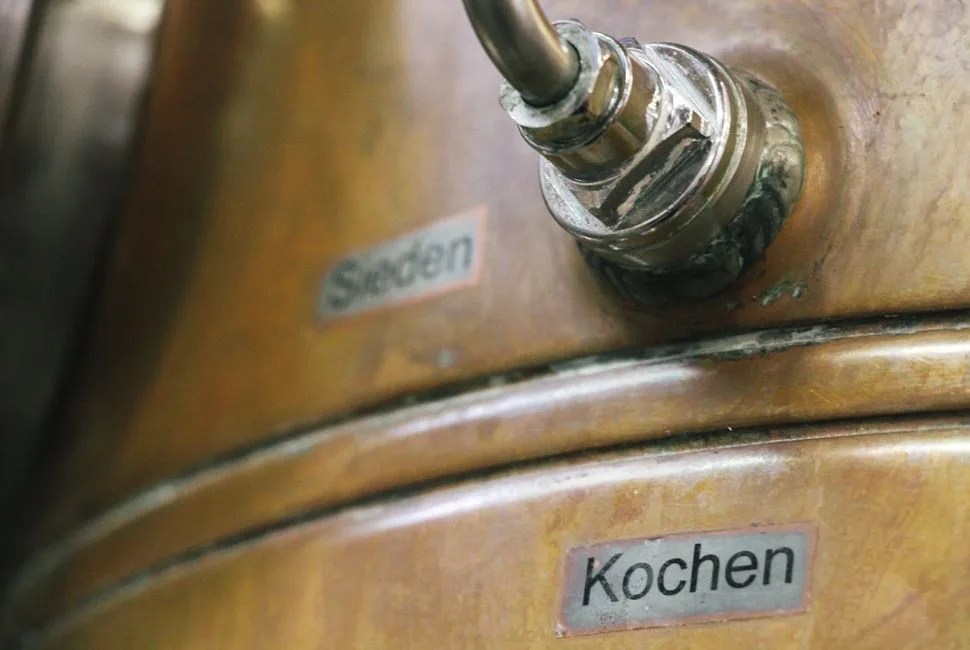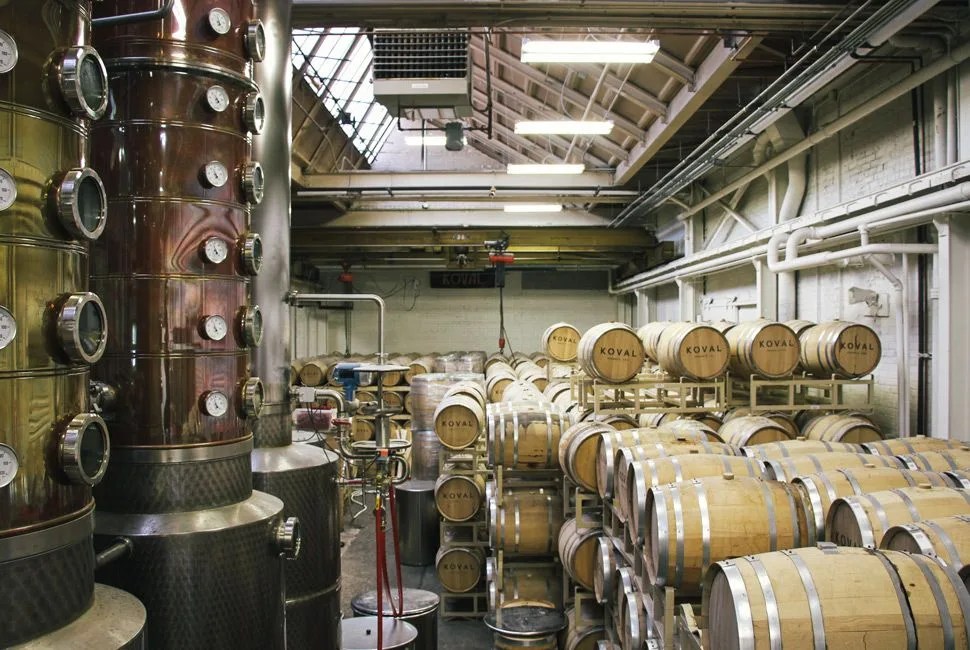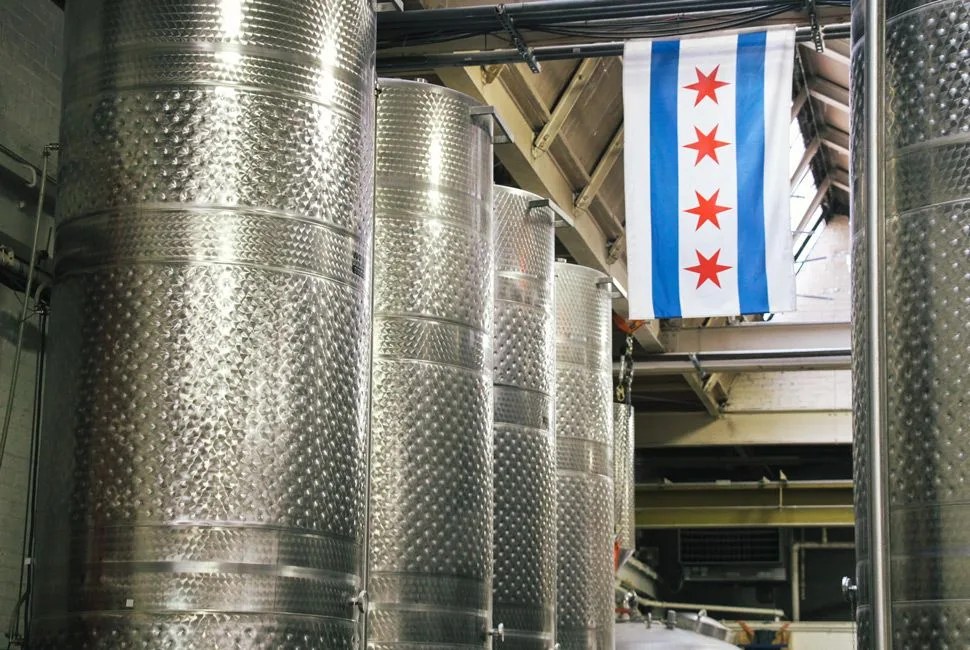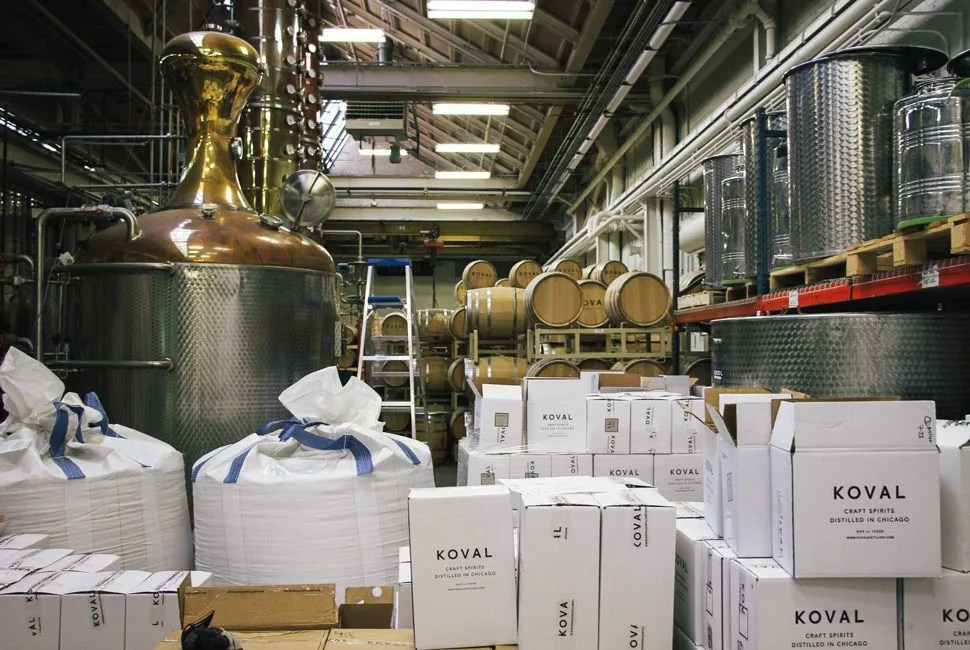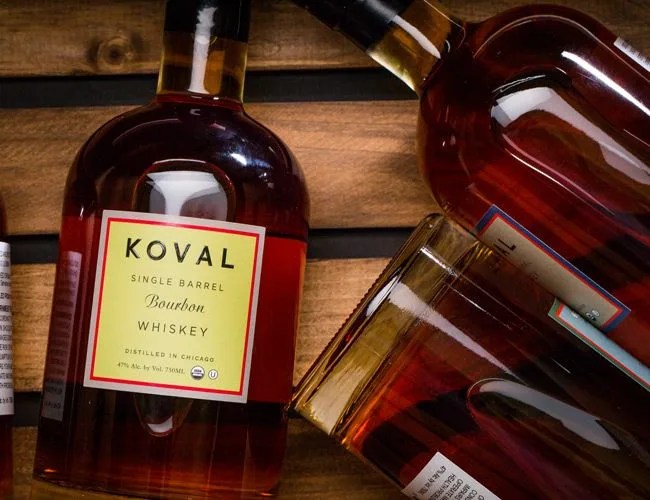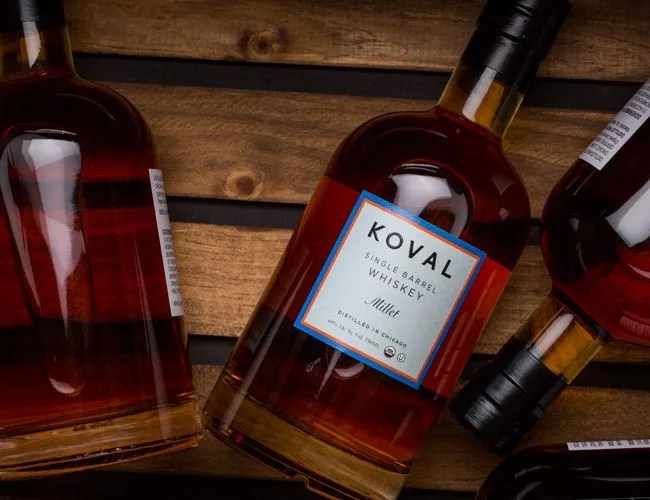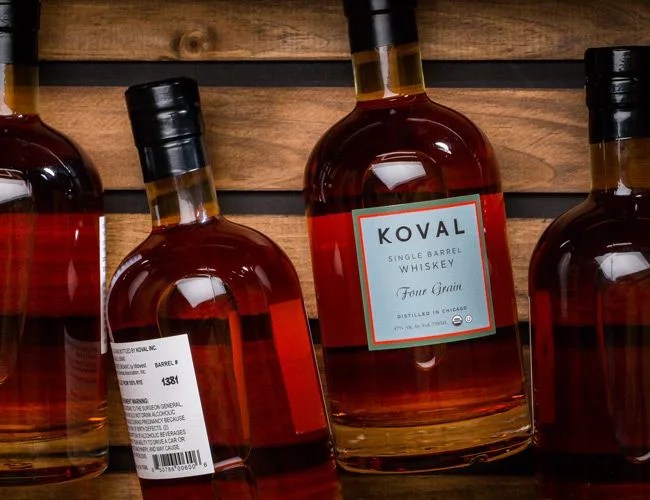Robert Birnecker was the Deputy Press Secretary for the Austrian Embassy. His wife Sonat was a tenured professor. And like many other business success stories of their time, they left that life behind to pursue a career suiting of their life passion — in this case, alcohol. Robert already had an introduction to distilling as a teenager, when he helped out at his grandparents’ award-winning distillery in Austria. He also had received numerous certificates from Höhere Bundeslehranstalt und Bundesamt für Wein-und Obstbau Klosterneuburg, one of Austria’s most prestigious distilling programs. So, when looking for a new opportunity in life, Robert and Sonat established Koval in the Ravenswood neighborhood of Chicago. Opening in 2008, it was the Windy City’s first post-prohibition distillery.
Koval’s objective was to put their own spin on the distilling process, and that started with using organic grains — by no means a new concept in and of itself — that become the central focus of the spirit. They also focus on using just the “heart” (preceded by the “head” and followed by the “tail”) cut of the distillate, which carries the most flavor from the grain.
According to Robert, “[the head] is like nail polish remover or rubbing alcohol; it’s not something you want to drink.” Similarly the tails aren’t particularly drinkable, either. “Its oily heaviness overshadows the heart and overshadows the delicate flavors of the grain,” said Robert. Yet traditionally in whiskey making, the head and the tails are often redistilled for more batches. To Koval, that doesn’t make sense. “We use great grains. We have great millet,” said Robert. “Why would we put in tails and overshadow the great flavor?”
8 photos
Photos By Andrew Connor
The aging process is also different at Koval. The industry standard barrel size for aging is 53 gallons, which usually takes about five to seven years to fully age. Koval’s barrels, on the other hand, are 30 gallons, and with a higher surface-area-to-volume ratio, Koval only needs to age spirits for two years. What’s more, the shorter aging process adds smokey, woody barrel-aged characteristics, but without covering up the flavor of the grain.
The end result: whiskies that deviate from the norm in a big way. Koval’s staples, like bourbon and rye, aren’t at all like their contemporaries, and other offerings, like their millet whiskey, are entirely unique. Though they may not satisfy the stuffiest of whiskey drinkers, they remain an excellent option for those looking to try drinking something different.
